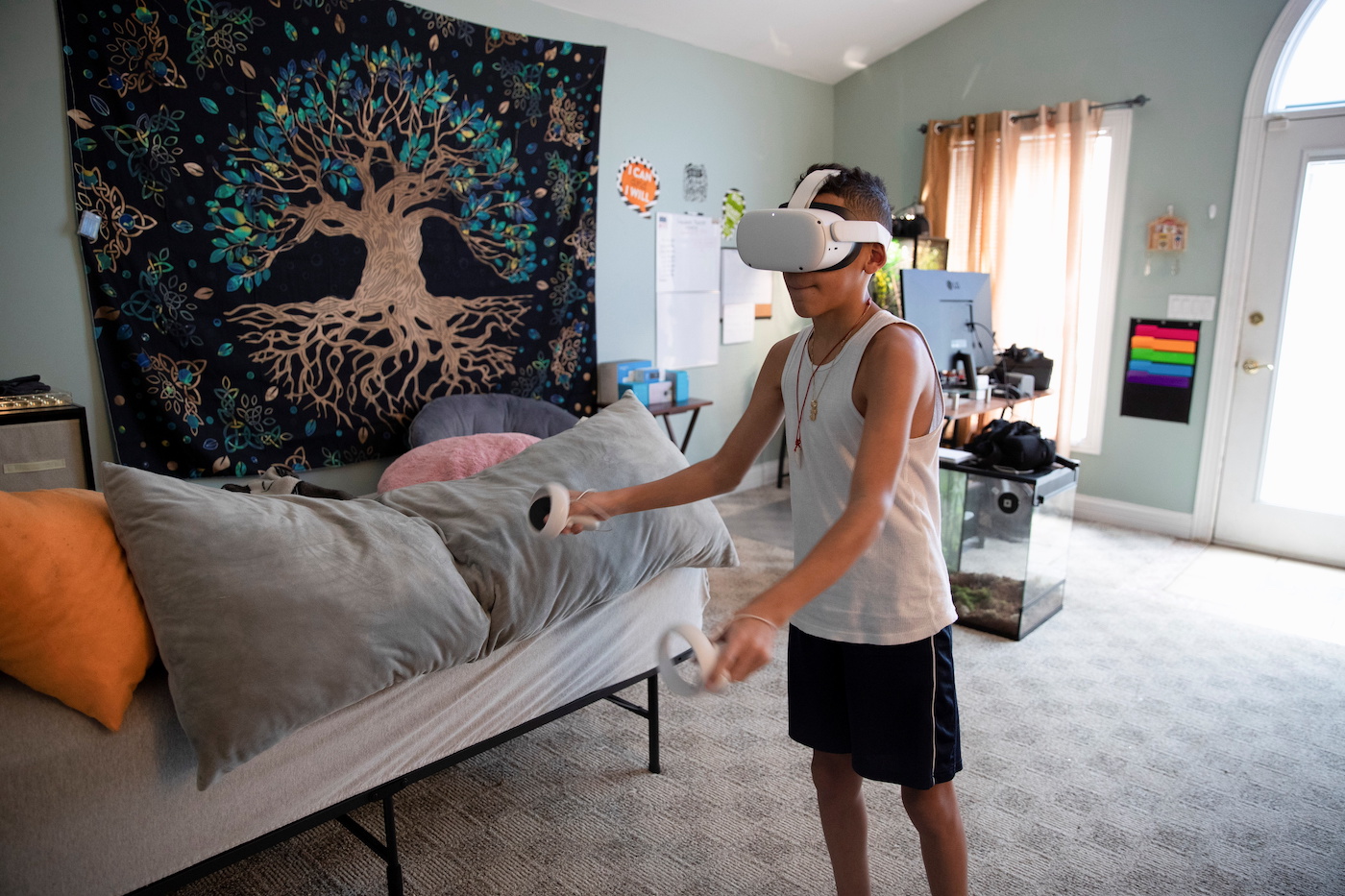With all the hype around Artificial Intelligence and announcements from such giants as Amazon recently announcing that they company will invest a whopping $4B into the sector, it’s easy to lose sight of other emerging technology sectors that are not only gaining in power but will be expanded by the integration of AI. Winners at the intersection of emerging technology and entertainment will not only focus on AI but equally incorporate and refine their XR strategy simultaneously.
XR is clearly not just for the gaming industry, and it is growing quickly in economic power. XR is short for the term Extended Reality and refers to all real and virtual environments generated by computer graphics and wearables. XR is the umbrella category that covers all the various forms of computer-altered reality. This includes Augmented Reality (AR), Mixed Reality (MR), and Virtual Reality (VR). AR refers to an overlay of computer-generated content onto reality as we know it.
MR actually blends the two so a computer-generated character could actually seem to dance, for instance, on your real-life coffee table. VR is an immersive experience typically viewed via a headset and is completely computer-generated. According to HP’s website, the term XR has actually been around for decades and first appeared in the 1960s when an inventor named Charles Wycoff filed a patent for his “XR” film intended for extremely bright light events such as nuclear explosions.
What is very much representative of present day, however, is the projected earnings of this sector. According to Markets and Markets, the XR market size is project to reach $111.5B by 2028. Continued developments in 5G and other sectors are driving market growth globally, but the entertainment industry is catching up quickly because XR is quickly becoming a powerful solution for connecting with fans at scale in ways that are deeply memorable. While many are still trying to re-capture the jaw-dropping engagement of rap artist Travis Scott’s Fortnite triumph virtual event during the pandemic, there are additional virtual worlds to conquer.
Three key areas to watch are:
Teleportation: Mixed reality solutions can create an environment where an artist could be “teleported” into an arena, music video, and more without the artist having to be physically present. The effect is a stunning holographic interpretation of a performer not only in one place with a different artist who is physically present but potentially several different places on the globe at one time creating a completely super-charged concert experience.
Immersive Participation: Fans, too, will be able to immerse themselves through XR applications that help the user access a 360-degree world of their favorite show or music festival. There are already VR apps for platforms such as Netflix. It’s just a matter of time before this opportunity expands to hugely popular series such as Showtime’s “Billions.”
Storytelling Anticipation: While several factors have prevented VR from becoming truly mass-adopted, a key stand-out issue has been the lack of content. However, with the advent of AI, such stories can be churned out infinitely and polished up by good human editors. The stories will undoubtedly get better and better, and if the Hollywood studios think they are challenged by competing for screen-time with those outside of the traditional industry, wait until this area picks up speed.
But why does XR ultimately hold such power?
It’s about being able to give consumers the possibility to actually participate in the content offering. Within an immersive experience, a consumer has agency, presence, and dimensionality. The shift will be transformational for entertainment and if executed well, consumers will pay for premium experiences. Creating such experiences, however, can come at a hefty price tag, creating a barrier-to-entry that only conglomerates can leap. But things are changing on this front, as well.
Indeed, newcomer Pryntd.xyz offers anyone capable of shooting video the ability to convert his/her 2D video to 3D with just a click of a mouse on a new platform that kinda feels like the next version of YouTube. It’s not just the conversion of dimension that is the business draw here, it’s how the human mind reacts to it. Pryntd CEO Berne Omolafe explains, “We saw on our platform that a 3D, three-and-a half minute music video had a 13.5 minute engagement and the users tapped on at least 7 interactive elements in that experience. This is phenomenal for content creators, marketers, and for advertisers.”
None of this new area is without risk, however, because activity that is immersive is more deeply impactful on the mind. Thus the need for moderators, warnings and more on hubs of such content will be even more critical than our media sector today. MIT also notes, “As with other transformative technologies, like AI, the rapid uptake of XR demands preemptive vigilance. XR data is profoundly personal, raising heightened privacy and security concerns, while XR tools make direct connections to our mental faculties and perceptions of reality that are not yet fully understood. Missteps with these technologies risk harm to individuals and society that could be incredibly hard to reverse.”
All the more reason to encourage diverse mindsets as we build this new arena so that various considerations and problem-solving approaches will be included. One thing is certain, as these hurdles begin to be conquered, the economic power generated from XR will be unmatched. Now is the time to plan strategy and deepen offerings.
The views and opinions expressed herein are the views and opinions of the author and do not necessarily reflect those of Nasdaq, Inc.
Image and article originally from www.nasdaq.com. Read the original article here.

